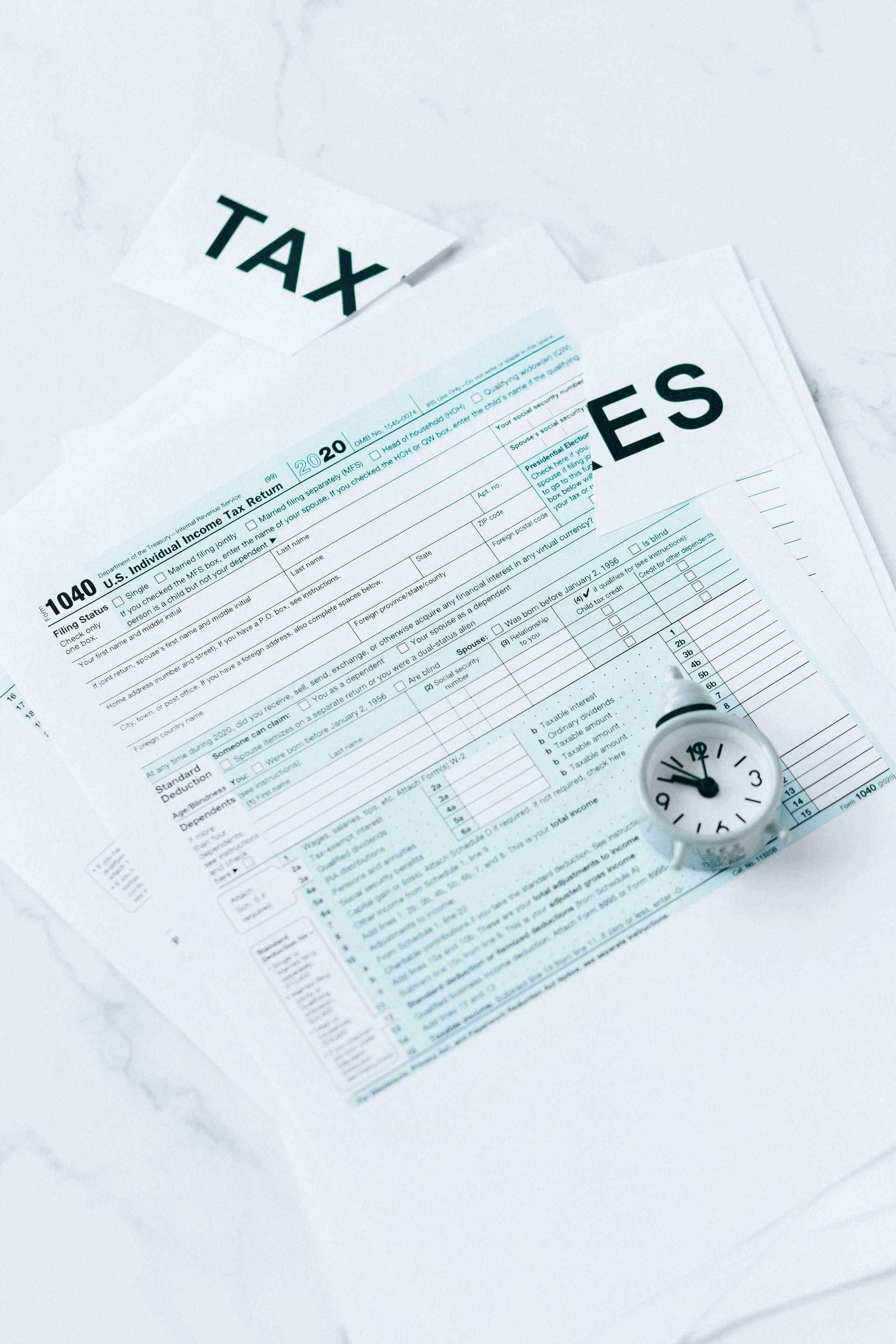Peak Level Advisors NEWSLETTERS
The Empowerment Channel In Your Inbox
The Empowerment Channel In Your Inbox
Get Money Talks In Your Inbox
Get Money Talks To Your Inbox
News & Articles

A common question that people ask is what to expect from the stock market based on the outcome of elections. When a new presidential administration takes office, there is often a shift in policy from a prior administration, but those shifts are often incremental and may not have substantial economic impact, at least not one that overrides normal stock market fundamentals. There is much concern among investors today that the approach of the second Trump administration, which has been extremely aggressive in making significant changes, could cause a disruption of what has been a strong period of economic prosperity in the U.S., especially compared with the rest of the world. Of particular concern is the administration’s policies on imposing tariffs and the direct and ripple effects of the approach they are taking to reducing the Federal workforce. If you have been an investor for a while, it is likely you’ve seen your share of ups and downs in the markets, which is typical of how market cycles move. The question at the top of the minds of many is, will we continue to see cycles like we have historically or are we embarking on new territory. Unfortunately, it is impossible to predict what will happen in the future, but in times of uncertainty, it can be helpful to put even circumstances that have not been seen into some context. That is what we will attempt to do in this issue of the newsletter. The Cycles of the Stock Market If you have been investing in the stock market for a while, you probably have experienced your share of good and not so good time periods. It goes with the territory of investing that if you want your money to grow, you have to accept that risk is a part of the equation. What we tend to think of as risk is volatility, fluctuation from a smooth ride, and more specifically we think of negative volatility or downturns as the risk associated with investing. While that psychological element of fear is real, what sometimes happens is that if we’ve experienced a decent stretch of positive growth, our minds tend to forget about the downturns of the past, which makes us hypersensitive to a rough patch. However, to put the cyclical nature of the market in some context, consider that on average, there are more than 3 reductions of 5% or more in the stock market each year. While nobody enjoys those drops in valuation, it is normal. Despite the fact that those types of declines are normal, from 1928 to 2024, the S&P 500, which is what we now look at as the pre-imminent measure of the U.S. stock market, has finished the year in positive territory 71 times. That means in almost 100 years, the stock market has been up for the year more than 73% of the time. On top of that, the average annual return over those 97 years has been 11.66%. We can talk about averages all day, but the likelihood of you seeing an “average” year is pretty slim. In fact, there has been exactly 1 year in those 97 during which the annual S&P 500 return was between 11 and 12%. To further the point, of those 71 positive years, the average annual return was 20.93%. But you may ask, what about the 27% of negative years. During those 26 negative years, the average annual return was -13.65%. If you look at historical numbers within a given year, the first quarter tends to be more volatile than the rest of the year, especially between mid-February and early March, which tends to be the worst performing period of time. That has been especially the case in post-election years, during which the first quarter returns have hovered around a 1% average compared to a full year average closer to 8%. All of this is to illustrate that investing in the stock market often is going to be a choppy experience, but historically speaking, the direction of the market tends to be up if you can survive the cycles. The Impact of Elections on the Stock Market Let us first establish that election results have a greater impact on public policy than they do the long-term performance of the stock market. That said, public policy can filter its way into how companies spend, invest, and perform, which can ultimately impact stock performance, more so in the short-term than the long-term. Therefore, any conclusions we may attempt to draw about the impact of elections on the stock market from history are limited in that there have been a total of 24 presidential elections since 1928, not including the 2024 election. With that understanding, the general direction of the stock market between elections has been as follows: In the first year after an election, the markets have tended to experience periods of declines, especially early on, as a new administration implements its policies but still performing reasonably well, with the average return since the 2028 election being 10.26% The second year after the election, which is when mid-term elections occur, tends to be the weakest for the markets, often with increased volatility, with the average return since the 2028 election being 6.97% The third year after the election, during which candidates for the upcoming election throw their names into contention, often shows the strongest performance, with the average return since the 2028 election being 17.64% The fourth year after the election, or the year of the next presidential election, has seen a variety of outcomes as the markets react to the potential for changes in policies, with the average return since the 2028 election being 10.42% In addition to the outcome of the presidential election, another important consideration is the makeup of Congress vs. the White House. In past history, it has been more common that not that stock market performance has not been as strong when there is single party control of both the presidency and Congress, which is what we have following the 2024 election. Do We Believe History Repeats or Is This Different? We can look at all of the past statistics we want to, but the past cannot predict what will happen in the future. While there are often concerns about how the policies of a new presidential administration will impact the economy and the markets, the concerns about this presidential administration may be more pronounced than others. That is in large part because of the nature of the policies being discussed and the speed with which many of these significant changes are being implemented, along with the way the administration has sought to increase the power of the presidency without any substantial pushback from the Congress, which could exercise its own authority but has not up until now. This inevitably leads to the question of whether this time will be different than what we’ve seen in the past. There have been other circumstances in the past that have called into question whether historical trends would hold true or not, particularly in the recent past. Let’s look at three examples to see how the wisdom of the day played out. Example 1 - The Technology Boom Near the end of the 1990s, technology stocks were the hot commodity, driving stock prices to levels not seen in many years. At the end of 1998, the S&P 500 had averaged more than an 18% return over the past 15 years, and the Price to Earnings (P/E) Ratio (P/E) of S&P 500 stocks was at its highest point since 1998, indicating stocks were as expensive as they had ever been. Historically, when stocks get more expensive, there is a greater chance of a market correction, but many were claiming at the time that because of the technology boom, the trend would continue. In the following 4 years, the S&P 500 averaged a return of 0.35%, which included the protracted recession from 2000 that didn’t end until 2002. Example 2 - The Global Financial Crisis Most investors remember the pain of 2008, kicked into high gear when Bear Stearns, one of the world’s largest investment banks, folded. At that moment, we knew pain was coming, but the seeds of it were beginning to be seen in 2007, and the market reflected that with a paltry annual return of 5.48%. As the crisis came to a head towards the end of 2008 and the beginning of 2009, investor anxiety may have been as high as ever, and pundits were contending that a market bounce back was not going to happen anytime soon, defying history that has shown the resiliency of the stock market. In the following 4 years, the S&P 500 averaged a return of 25.56%, as part of an extended bull market that continued for more than a decade Example 3 - The COVID Pandemic A recent shock to the global economy was the outbreak of COVID-19 that essentially shut the world down for an extended period of time starting in March of 2020. Because economic activity came to a screeching halt, and it was hard to determine when the pandemic would be under control, the stock market took a massive dip, with the S&P 500 experiencing more than a 24% drawdown in about 3 weeks in March. At the time, the fear was that the abrupt disruption in economic activity would do major long-term damage to the markets. However, by the end of the year, the S&P 500 was more than 26% above where it started in March, and by the end of 2024, the S&P 500 averaged a return of 10.26% over the prior 4 years. So, on the question of whether this time is different, nobody knows. What may seem like stock market disaster waiting to happen can turn on a dime, in large part because despite all of the external circumstances that create anxiety in the minds of investors, the stock market tends to operate on the performance and expectations of the businesses that make up the economy. Only time will tell whether the concerns being felt today will lead to long-term negative consequences. As is always the case, you should make investment strategy decisions based on your personal circumstances and objectives, not based on the opinions and fears of what may or may not happen.
CONTACT US WITH A QUESTION, COMMENT OR TO MAKE A REQUEST









